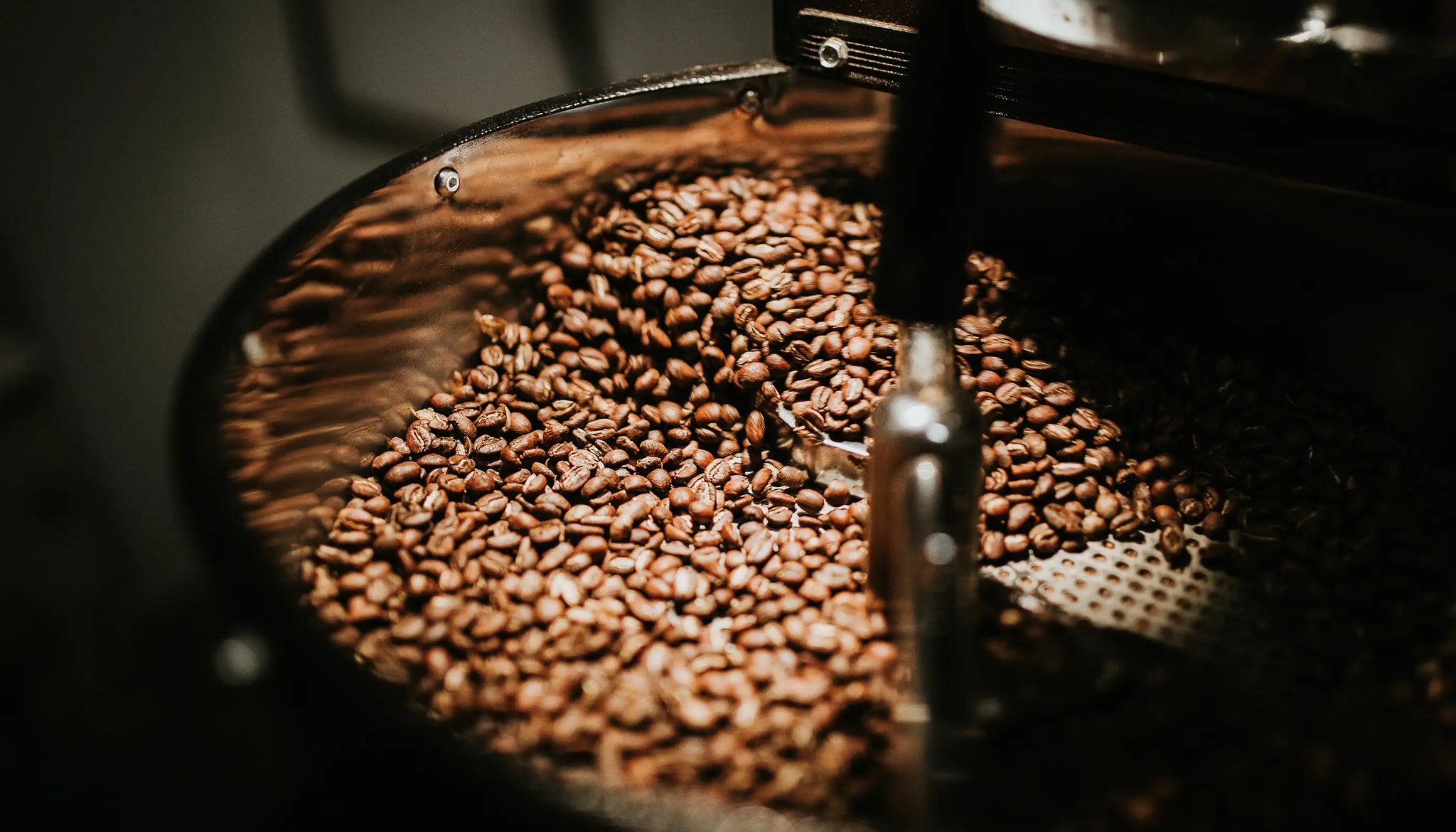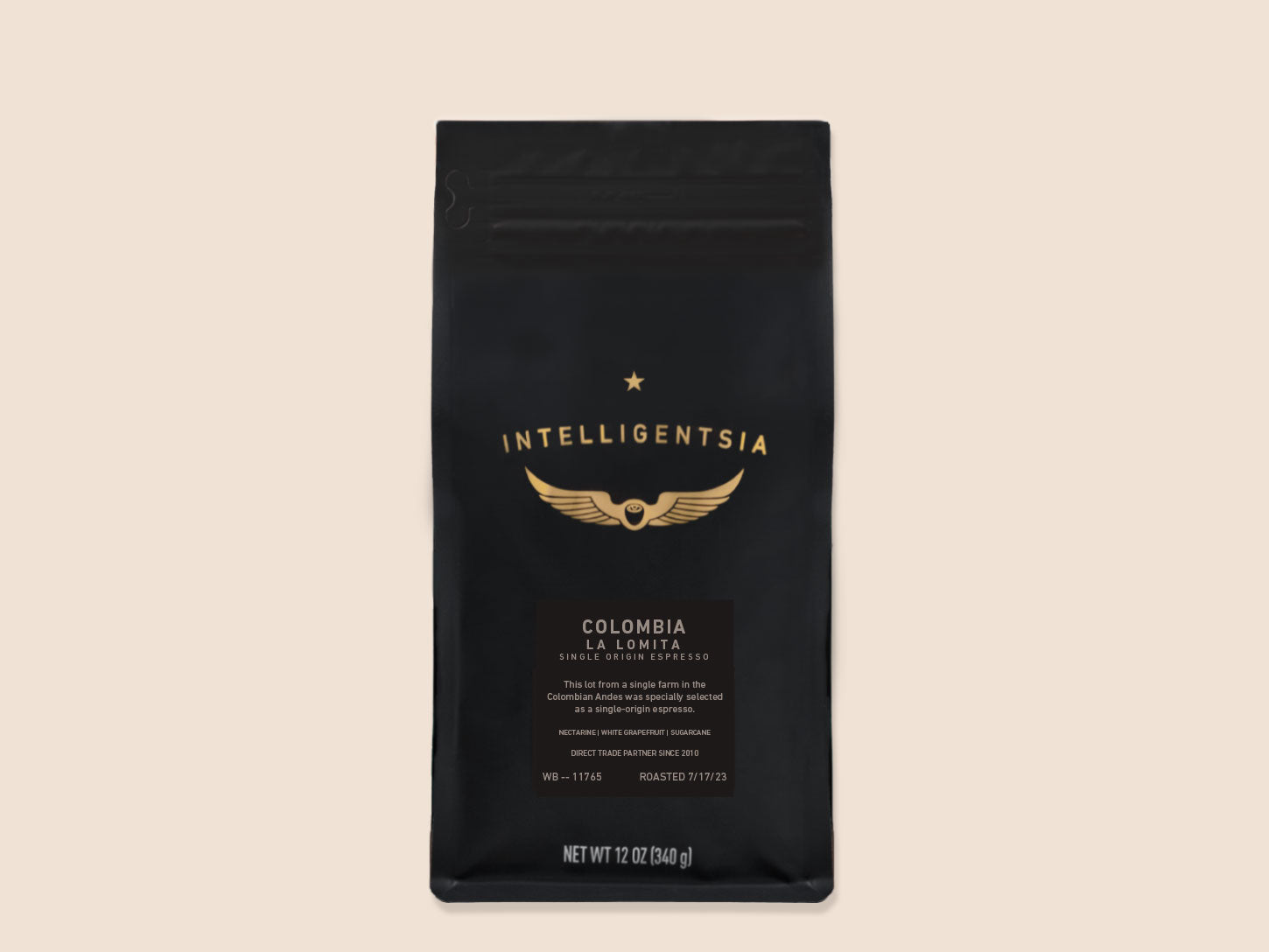Top Cafés Serving SOE Single Origin Espresso Near You
Top Cafés Serving SOE Single Origin Espresso Near You
Blog Article
Exploring the Abundant Flavors of Coffee Beans: a Deep Study Espresso and Blended Coffee Beans
When you explore the rich tastes of coffee beans, you reveal a complex world where each variety brings its very own personality to your cup. Recognizing the beginnings, processing methods, and toasting strategies can change your coffee experience. As you browse with the art of espresso and the imagination behind blended coffees, you'll begin to appreciate the subtleties that make each sip unique. What you'll discover following might change the way you enjoy your morning brew.
The Beginnings of Coffee Beans: Discovering Terroir and Taste Profiles
When you take a sip of coffee, you're not just appreciating a beverage; you're experiencing an abundant tapestry of tastes shaped by the beans' beginnings. Each area produces unique flavor profiles affected by climate, altitude, and dirt. For circumstances, beans from Ethiopia typically rupture with brilliant, fruity notes, while those from Colombia tend to provide a balanced, nutty sweet taste.
As you explore different beginnings, you'll discover just how terroir-- the environmental aspects affecting a crop-- plays an essential role - Single Origin Espresso. The exact same coffee variety can taste considerably different depending upon where it's expanded
When you think about these factors, you begin to value the complexity behind your cup. Each sip tells a tale of the land and the farmers who nurtured the beans. Next time you delight, assume concerning the trip your coffee took before it reached your hands, and enjoy those detailed flavors that reflect its origin.
Understanding Espresso: The Art and Scientific Research Behind the Mixture
When you think of espresso, it's not almost the solid taste; it's additionally concerning the strategies that bring it to life. Understanding how different prep work methods impact taste can transform your brewing experience. Allow's discover the complexities of espresso preparation and discover the special taste profiles that make each cup special.
Espresso Preparation Techniques
Espresso preparation is both an art and a scientific research, integrating exact methods with a deep understanding of coffee. To start, you'll want to choose top quality, freshly baked beans and grind them finely for optimal extraction (Single Origin Espresso). The work dimension is essential; also crude, and your coffee will be weak, too fine, and it'll be bitter
The outcome must be a rich, luscious espresso with a beautiful layer of crema on top. With technique, you'll master these methods.
Flavor Profiles Explained
The world of coffee uses an abundant tapestry of flavor accounts that can elevate your coffee experience. Light roasts frequently showcase bright acidity and vibrant tastes, while dark roasts present much deeper, bolder tones.
Understanding these profiles aids you pick the best espresso for your taste buds. Trying out various blends can expose unusual combinations. A well-crafted blend could balance the bright notes of an Ethiopian bean with the abundant, chocolatey undertones of a Brazilian bean. Embrace the journey of discovering coffee's varied flavors, and you'll change your coffee ritual into an amazing adventure.
Handling Approaches: Exactly How They Influence Flavor and Aroma
While it could appear that the origin of coffee beans is one of the most substantial aspect in identifying their flavor and fragrance, the processing methods used post-harvest play a just as crucial function. You'll discover that these methods can drastically alter the final preference account of your mug.
As an example, the washed process eliminates the fruit from the beans before fermentation, typically causing a cleaner, brighter taste. The natural procedure leaves the fruit intact throughout drying, resulting in a sweeter, fruitier account.
Other techniques, like honey processing, strike an equilibrium, allowing some fruit mucilage to continue to be, offering an unique intricacy.
Each processing strategy communicates with the beans' inherent attributes, improving or silencing certain flavors and scents. So, when you sip that espresso or combined coffee, keep in mind that the trip from cherry to cup is affected not just by origin however also by exactly how those beans were processed.
Toasting Methods: Opening the Full Prospective of Coffee Beans
Roasting strategies are vital for disclosing the full potential of coffee beans, as they transform raw, eco-friendly beans into the aromatic, delicious coffee you appreciate. The selection of toasting approach-- light, medium, or dark-- significantly influences flavor profiles.
You can try out roasting times and temperatures to find your ideal brew. A slower roast at lower temperatures permits complex flavors to develop, while a quicker roast can intensify resentment. Take notice of the fractures during roasting; the very first fracture suggests a light roast, while the second crack signals a dark roast. By mastering these techniques, you'll reveal a globe of taste, boosting your coffee experience to brand-new elevations. Appreciate every sip, recognizing the treatment that entered into your mug!
The Magic of Blended Coffee: Developing Special Flavor Experiences
Creating an unique taste experience with mixed coffee can transform your early morning ritual into an expedition of taste. By incorporating various beans from various areas, more tips here you can expose a symphony of tastes that elevate your mug to new heights. Each mix offers a distinctive profile, balancing sweet taste, body, and acidity to produce something truly unique.
When you choose a blend, you're not simply selecting a coffee; you're selecting a journey throughout varied landscapes and cultures. Explore different mixes allows you to uncover your individual favorites, whether you take pleasure in fruity notes or rich, chocolatey undertones.

Sampling Notes: Recognizing the Subtleties in Your Mug
As you drink your coffee, you might observe a range of tastes dancing on your palate, each exposing the ins and outs of the beans. You might taste the bright acidity evocative citrus or the deep, abundant notes akin to dark chocolate. The sweet taste can stimulate honey or sugar, balancing the overall account perfectly.
Focus on the body of the coffee-- does it really feel light and ventilated, or is it full and creamy? The surface, also, provides hints; a sticking around aftertaste may hint at nuttiness or flower undertones.

Don't fail to remember to check out the special characteristics of different origins, as each region passes on distinct flavors - Single Origin Espresso. Ethiopian coffees frequently present fruity notes, while Colombian beans might showcase a more rounded sweet taste. By acknowledging these nuances, you'll deepen your admiration for each and every mug, elevating your coffee experience to brand-new elevations

Brewing Methods: Making The Most Of Taste Removal for Every Bean
When you explore the numerous brewing methods, you'll uncover that each method can significantly impact the taste profile of your coffee. From French press to pour-over, each approach essences various substances, enhancing or silencing particular notes. Making use of a French press allows oils to continue to be in the brew, developing a richer taste, while pour-over stresses clearness and illumination.
Temperature description and grind size likewise play important roles. A coarser grind functions best for chilly mixtures, while a great grind is perfect for coffee. Explore water temperature-- in between 195 ° F and 205 ° F-- can reveal surprise flavors, also.
Do not ignore soaking time; a quick removal can cause sour notes, while over-extraction might produce anger. By readjusting these variables, you can maximize taste extraction and truly boost your coffee experience. Delight in the journey of finding what method best matches your taste buds!
Regularly Asked Concerns
What Is the Perfect Water Temperature Level for Brewing Coffee?
The ideal water temperature level for developing coffee's between 195 ° F and 205 ° F. If you make use of water that's too warm, you'll over-extract flavors; as well cold, and you will not extract enough. Purpose for that pleasant area for the ideal mixture!
How Does Grind Size Impact Coffee Taste?
Work dimension considerably affects coffee flavor. Finer grinds essence a lot more tastes and oils, causing a bolder preference, while coarser grinds yield a lighter flavor. Adjusting grind size helps you accomplish your preferred coffee profile.
Are There Health And Wellness Perks Linked With Alcohol Consumption Coffee?

What Is the Distinction Between Arabica and Robusta Beans?
Arabica beans are smoother and sweeter, typically including fruity flavors, while robusta beans are stronger with a bitter preference and greater high levels of caffeine material. You'll discover these differences in aroma and developing experience.
Exactly How Can I Store Coffee Beans for Freshness?
To save coffee beans for quality, keep them in an airtight container, far from dampness, light, and warm. You'll keep their taste longer if you only grind what you need right before developing.
Exploring the Abundant Flavors of Coffee Beans: a Deep Dive Into Espresso and Blended Coffee Beans.
When you explore the abundant flavors of coffee beans, you uncover an intricate globe where each range brings its very own character to your mug.When you take a sip of coffee, you're not simply enjoying a beverage; you're experiencing an abundant tapestry of flavors formed by the beans' beginnings.Roasting methods are vital for exposing the full potential of coffee beans, as they change raw, environment-friendly beans right into the aromatic, flavorful coffee you delight in.As you sip your coffee, you might observe a spectrum of flavors dancing on your taste buds, each revealing the details Your Domain Name of the beans.
Report this page